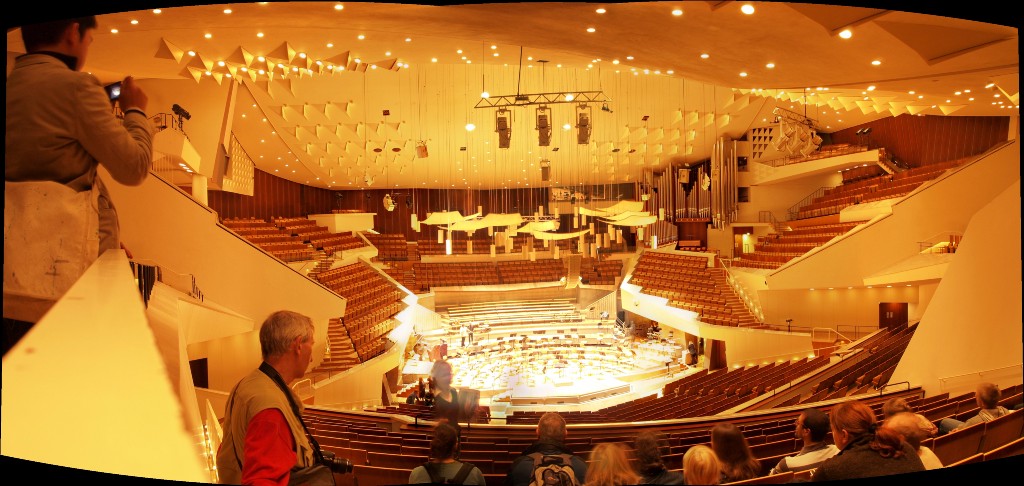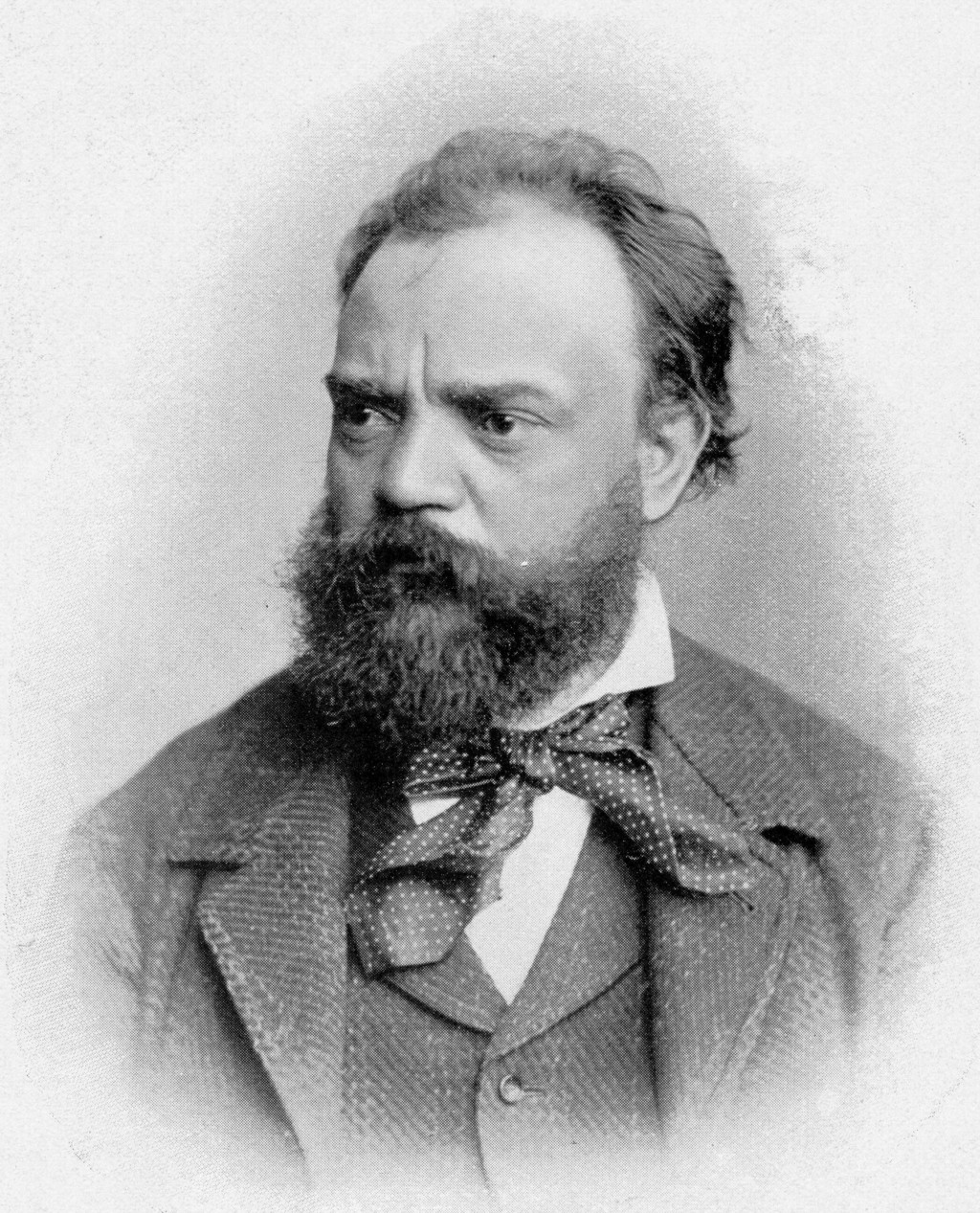Antonín Dvořák's 'Symphony From The New World' Is The Best, Bar None
Classical Music Hour with Fran

I am not going to argue that Antonín Dvořák’s 1893 “Symphony From The New World” is the best symphony of all time. We’re going to enter a mutual sort of contract where it’s just what the reality of this piece is. It’s the best symphony, you agree, we’re going with it, that’s it.
A little bit of background on Dvořák is not only helpful but essential to understand “Symphony From The New World.” Dvořák was a Czech composer who worked through the second half of the nineteenth century, placing him later in time than your more notable classical composers like Mozart and Beethoven. In fact, Dvořák is technically speaking a romantic composer, though if you know little to nothing about classical music overall, you’ll listen and go, “hm, sounds classical as all hell to me.” Romantic music was a Western classical movement that occurred at the same time as Romanticism (obviously), and mostly it was longer, weirder, and sadder than most traditional classical music.

Dvořák’s interests lay in folklore and folk music, and he spent the first chunk of his career composing pieces based off of Czech folk music. But men get restless and bored, artistic men more than most. Dvořák went from from Czechoslovakia to Great Britain and eventually to the United States, where he became the director of the National Conservatory of Music in New York City. He spent a significant portion of his time traveling around the Midwest in hopes to “discover American music” through both Native and African-American folk music.
If it feels extremely on the nose for a white immigrant to come to America to “discover American music” and take both Native American and African-American music and recontextualize it for Western Europeans, that’s because, um, it is. The product, however, does feel extremely American in the way that we have come to know American classical music. It’s got some of those proto-Copland and Gershwin vibes (don’t kid yourself, you know who both Copland and Gershwin are).
The first movement, the Adagio — Allegro molto, is fine. It’s actually extremely good, but if a first movement is good, you’re only acknowledging it on a subconscious level. It keeps you invested. It pulls you into the rest of piece without making a show of it. It introduces the themes, brings you into this symphony, which is essentially about discovery and home. It’s the new world as Dvořák sees it — big, frightening, fast-paced.
It’s the second movement where “Symphony From The New World” really establishes itself as a profoundly complex and beautiful piece of music. Largo — you get used to the fact that the movements of symphonies are more or less named for how they should be played by the musicians, rather than what they are for the audience — translates not to slowly but to broadly. Broadly. It’s not a lack of speed; it’s an increase in depth. On a normal day, I listen to the Largo and feel like it’s a good, substantial piece. On other days, the Largo can absolutely fucking gut me. And I don’t mean that in a “one time, I cried at a painting” sort of way. I mean, it’s the heart of this symphony. I mean, listen to the cellos. They’re the big fat beating heart of this movement. The Largo is so much more than just “the slow part.” It’s a power ballad. It’s all about the intersection of homesickness — about the Midwest, and New York, and Czechoslovakia. Dvořák heavily adapted African-American spirituals as the melodic core of this piece, and he believed no piece of truly “American” music could exist without some black influence.
The third movement is the Scherzo (Molto vivace). MOLTO VIVACE (meaning “extremely lively and fast) is an extremely cool thing to write in all caps. Listening to this movement feels like typing MOLTO VIVACE in all caps. It moves. It books it. At the minute and a half mark, it just hops and glides through.
The fourth and final movement in “Symphony From The New World” is the Allegro con fuoco (quickly — with fire), and forgive me for being presumptuous, but you know it. You know this piece and you’ve heard this piece, even if you don’t think you have. I have a startling memory of hearing it in an episode of Glee (don’t look at me) once, which means you’ve heard it somewhere at least once. I played in a youth symphony when I was in middle school, and the conductor at the time gave the timpani part to the only other percussionist, Ken, who was a few years older than me. The conductor told me I wasn’t old enough to understand the power behind the finale of this symphony! Wow, but also maybe. There are no other percussion parts in the piece, so I sat quietly watching Ken play timpani for three months. If anyone reading is in a youth symphony, I am still pretty young and definitely old enough to understand this piece of music, especially after months of having watched someone else play it in front of me.
The Allegro con fuoco starts off with, I kid you not, what feels like an extremely early version of what we now recognize as the Jaws theme. From there, it’s everything all at once: triumphant and melancholy, frightening and wistful. Many people, if they’ve heard anything from “Symphony From The New World,” have only heard this fourth movement, but I promise it stands more powerfully with the previous three movements behind it. It is a finale if there ever was one. You do not have to be any age to understand it because Dvořák wants you to understand it. It speaks for itself. The background, the context, all of this helps, sure. But before I knew it as a piece of music about American culture and folklore and a “new world,” I knew it as an extremely engaging piece of music.
I prefer to listen to the 2001 Berlin Philharmonic version on Spotify. It’s the kind of thing I cue up and listen to for thirty-something minutes, when I’m at work, at home, whatever. I think there’s a misconception that to understand or enjoy classical music, you need to completely 100% just engage with it, which is wrong. That’s not how anyone does anything! You should just listen to it, all the way through, and try not to pause it. You can do work. You can cook. It doesn’t matter. This is the best symphony I’ve ever heard. Give it a listen.
Fran Hoepfner is a writer who used to be a musician, but not in an acoustic guitar sense, more in the the movie Whiplash sense. As kids her age discovered the popular music of the early ’00s , Fran spent 10–15 hours a week in private lessons for piano or playing timpani in several Chicagoland youth symphonies. Because of that, she didn’t discover pop music until 2008, and now her music library is almost exclusively classical. You should listen to more classical music, not for any self-important reason, but just because it’s more accessible than you think it is. Also it’s very good.
